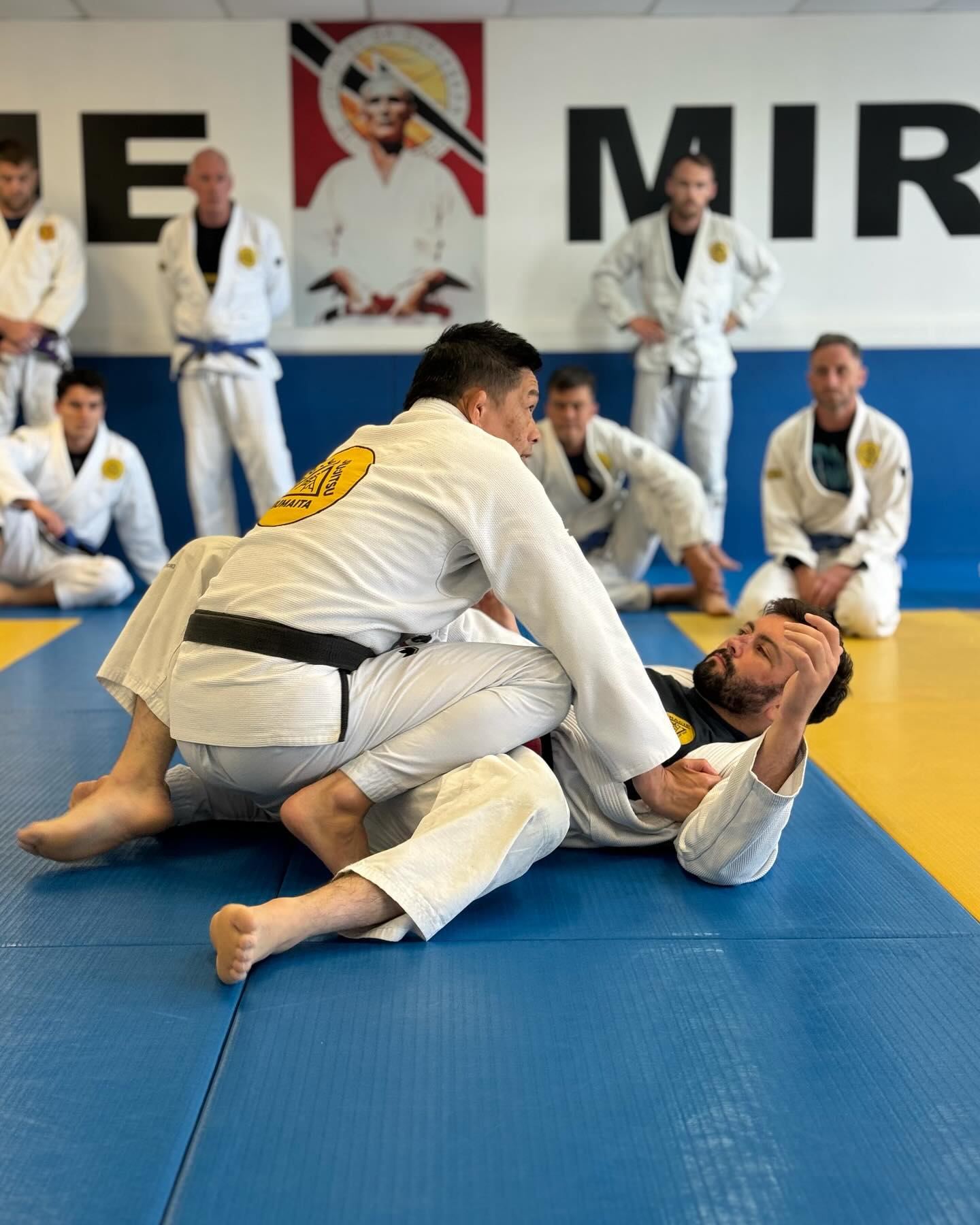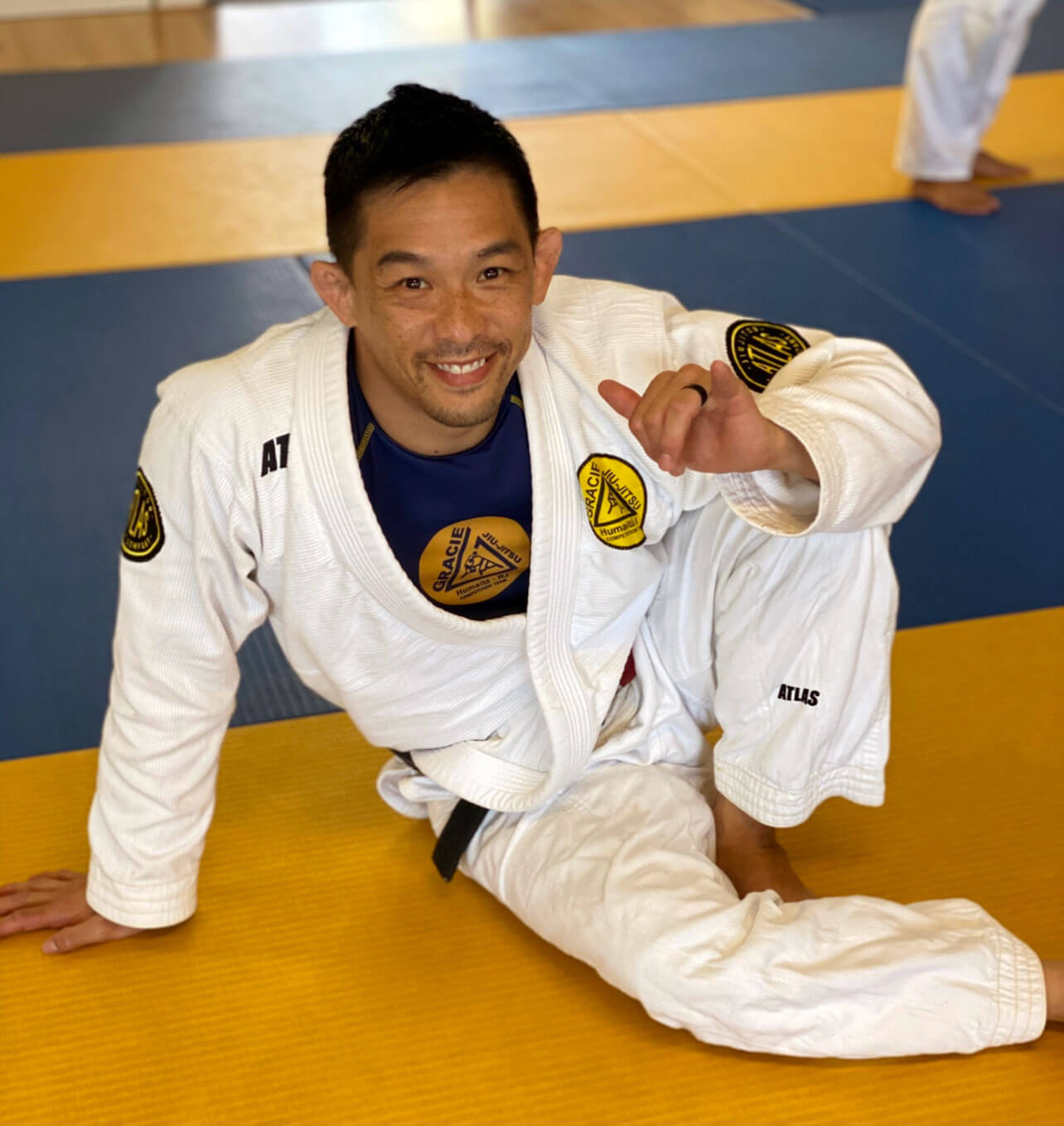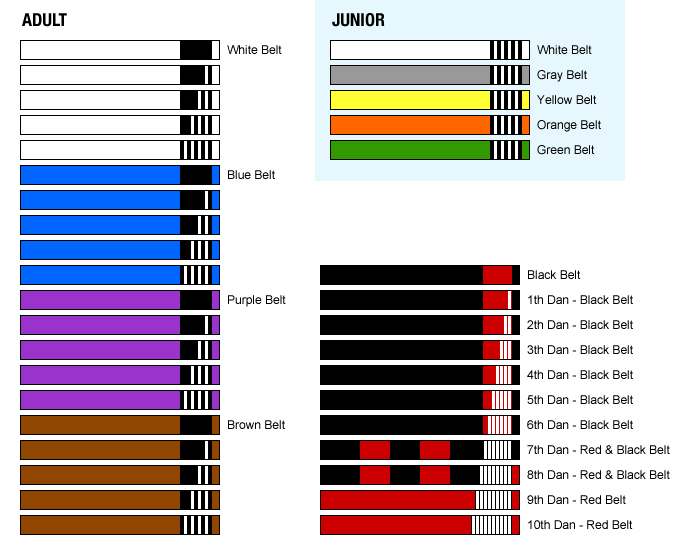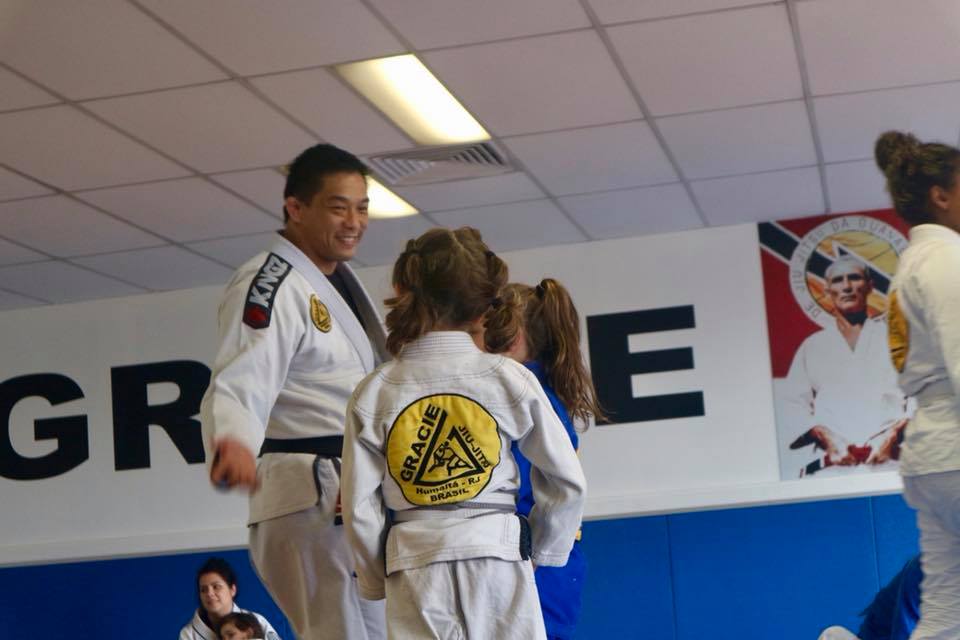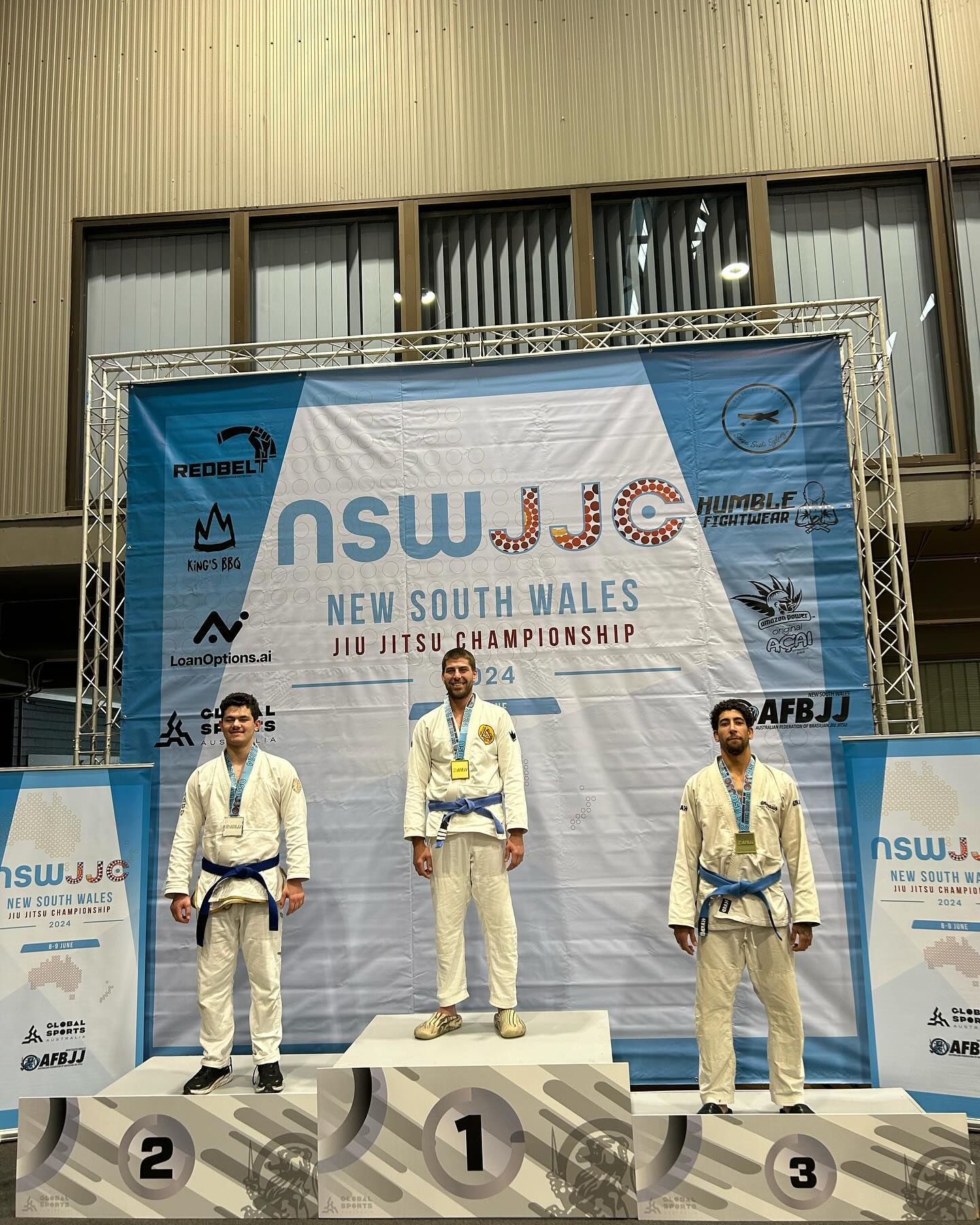We’re lucky at Gracie Miranda to have many advanced grapplers on the mats, as we’ve got more than our share of black, brown and purple belts. But, as with any academy, the most common type of student we have is the humble white belt.
Brazilian Jiu-Jitsu (BJJ) is a long journey. It never ends, and it’s almost never easy. The beginning of Jiu-Jitsu is complicated. In some ways, it’s the easiest part. In other ways, it’s the hardest.
Whether you’re a white belt at Gracie Miranda, or any other academy in the world, or are in the Sutherland Shire area and looking to start self-defence training, here’s a list of mistakes new grapplers make that you’ll want to avoid.
Expecting to be a natural
“I think I’d be good at Jiu-Jitsu.” That’s a sentiment you hear a lot from people who have never trained martial arts.
One mistake new grapplers make is expecting to be naturals, and that athleticism or talent will make for an easy passage to success on the mats. The truth is that BJJ makes losers of us all.
Grappling, more than striking martial arts like Muay-Thai or Kung Fu, is a spar-heavy art. You’ll be sparring, or “rolling” as we call it, from your first or second class. (This practical approach is one of the reasons BJJ is so effective for self defence.) The not-so-secret to getting competent in Jiu-Jitsu is repetition: The more time you spend on the mats, the better you get.
But since sparring has winners and losers, another way to say this is the more time you spend losing, the more you’ll eventually win. Losing isn’t only unavoidable in BJJ, it’s an essential part of improvement.
Coming onto the mats with an ego, and expecting BJJ to come easy to you, is a fast track to disappointment and premature quitting. Once you realise that grappling is hard for everyone and losing is unavoidable, Jiu-Jitsu becomes much more fun — and you’ll be far more likely to succeed.
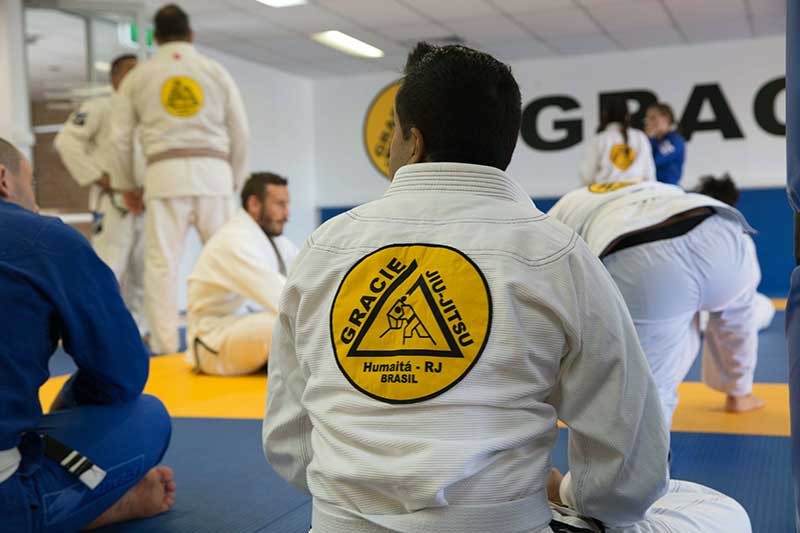
Burning out
At Gracie Miranda we teach students from all over Sutherland Shire, and if you ask any of them they’ll say the same thing: Jiu-Jitsu is hard, but it’s also fun. Progress is addictive, and progression is easiest as a white belt, where the only way to go is up. As a result, many who start BJJ at Gracie Miranda end up becoming obsessed with it.
Great! We all end up at least a little obsessed with Jiu-Jitsu; it’s the perfect mix of challenge, complexity and athletics. But it’s also important to temper your own enthusiasm.
Once bitten by the BJJ bug, students often train relentlessly. Six days a week, two or three times a day. If you haven’t yet started Jiu-Jitsu, this may seem crazy to you. But once you dip your toes in, you’ll see just how tempting this is.
The problem is that for the absolute majority of people, this level of training is impossible to sustain. What’s more likely to happen is either you’ll injure yourself or mentally burn out, take a break and potentially not come back.
It takes over a decade to earn a black belt. BJJ is the ultimate marathon, not a sprint.
Reckless rolling
This mistake is the most dangerous, but it’s also the most understandable.
The point of BJJ is that it’s a martial art where technique can overcome athleticism. Being strong and fast helps, but superior technique will trump superior athletics. On the mats you should always prioritise technique over power.
However, the problem with being a fresh white belt is that you don’t know much technique yet. Naturally, the less technique you know the more tempted you’ll be to try and muscle your way out of things.
This is actually where Jiu-Jitsu is its most dangerous. As you train more and more, you’ll notice coloured belts are sometimes reluctant to train with brand new white belts, as these novice grapplers are far more likely to accidentally elbow, kick, scratch and claw.
(As you might expect, this problem is more common among guys than girls!)
There are two remedies to this. The first is to remain calm. What usually causes the recklessness is fish-out-of-water terror. It’s natural to be uncomfortable when you’re new, but Jiu-Jitsu is all about making yourself comfortable in uncomfortable situations. Try to breath and remain calm, it’s a skill that’s always useful in BJJ and in real life self-defence situations.
Second is to not fear losing. This relates back to the first section. Faced with a submission, new white belts often decide to try and escape with violent spasms. Not only will this not work on a more experienced grappler, it also doesn’t teach you any technique. Better to accept the submission and ask your partner or the coach how you ended up there, and what you can do next time.
Being a white belt is hard, but it’s also incredibly fun. If you’re in the Sutherland Shire area and want to start your own martial arts journey, come to Gracie Miranda for a free trial class.
Author – Daniel Van Boom


